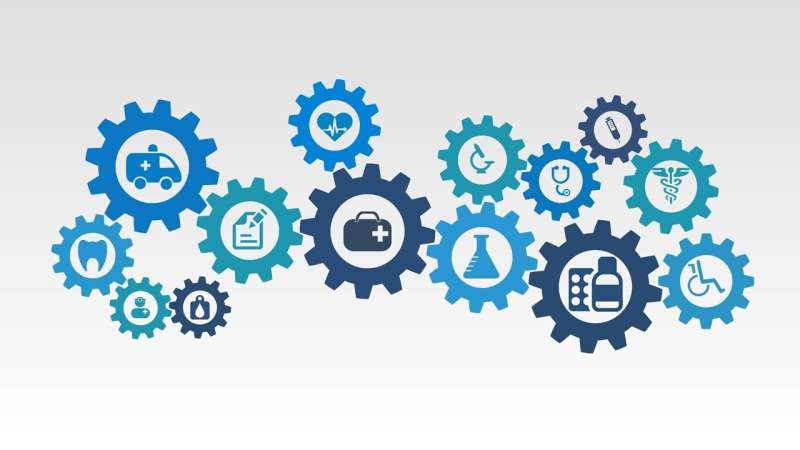Hay Fever in 2025: Causes of Severe Symptoms and Effective Management Strategies

This article explores why hay fever symptoms are worse in 2025, highlighting environmental factors and providing effective management tips for allergy sufferers.
Hay fever can be an especially frustrating condition, but this year has seen many sufferers experiencing much worse symptoms than usual. Common signs such as itchy eyes, sneezing, and a runny nose are more intense and persistent, often unresponsive to typical remedies. Several factors contribute to this increase in severity. Climate change, pollution, and the lengthening pollen seasons have all played a role. Warmer temperatures and reduced rainfall cause trees and grasses to release allergens earlier, and for longer durations, intensifying allergic reactions.
Specifically, in the UK, an unusually dry and warm spring has led to an earlier and more vigorous release of tree pollen, particularly birch pollen, which affects approximately 25% of hay fever sufferers in the country. The high temperatures and scant rainfall have boosted pollen production and hindered natural clearing from the air, prolonging exposure and worsening symptoms.
Timing is crucial for effective management. Starting allergy medications, especially nasal steroid sprays, one to two weeks before pollen season begins can significantly reduce symptoms. For example, in the UK, these sprays should ideally be initiated in early March for tree pollen and late April for grass pollen. This preemptive approach can make treatments more effective instead of waiting until symptoms worsen.
It's also possible to develop new sensitivities even as an adult. Pollen types that previously did not cause reactions may start doing so, making allergy management more complex.
To reduce exposure, individuals are advised to monitor local pollen forecasts, avoid outdoor activities during peak pollen hours, and wear masks like N95 masks when pollen counts are high. After outdoor exposure, showering, changing clothes, and cleaning shoes can remove pollen residues. Inside, using HEPA air purifiers and keeping windows closed during high pollen seasons can help lower indoor allergen levels. Regular vacuuming with HEPA filters and washing bedding also assist in minimizing pollen exposure.
Medications such as non-drowsy antihistamines (loratadine, cetirizine, fexofenadine) tend to be effective, especially when taken daily and before peak pollen times. Nasal steroid sprays are often more effective against congestion when started early in the season. Saline rinses and allergy wipes might offer additional benefits, although more research is needed to confirm their efficacy.
Some individuals consider home remedies like local honey or probiotics. However, current evidence suggests honey isn't effective for pollen allergies, although it might soothe sore throats. Probiotics show some promise in modulating immune responses, but they should complement standard treatments rather than replace them.
For long-term relief, allergy immunotherapy (allergy shots or sublingual tablets) can desensitize the immune system to specific pollen allergens. This treatment, often lasting 3–5 years, has been shown to significantly reduce symptoms in most patients, with benefits lasting years after completion.
Advances in technology, including smart monitoring devices and AI-based pollen identification, are paving the way for highly personalized pollen forecasts and timely alerts, helping sufferers avoid triggers more effectively.
As pollen seasons grow longer and more intense due to climate shifts, staying informed and proactive with combination strategies of exposure reduction and medical treatment can markedly improve quality of life for hay fever sufferers.
Stay Updated with Mia's Feed
Get the latest health & wellness insights delivered straight to your inbox.
Related Articles
Potential Increase in Obamacare Premiums Expected in Florida Next Year
Expect a major rise in Obamacare premiums in Florida next year as pandemic-era subsidies expire, potentially affecting millions of low- and middle-income enrollees. Learn about the implications for healthcare costs and access.
New Insights into Messanger RNA Fragments Offer Hope for Advanced Brain Tumor Immunotherapy
Innovative research from CHOP uncovers how missing microexon fragments in messenger RNA may lead to new targeted immunotherapies for hard-to-treat brain tumors like glioma.
Sierra Leone Reports Over 2,000 Mpox Cases and 11 Deaths Amid Rising Outbreak
Sierra Leone reports over 2,000 mpox cases and 11 deaths this year amid rising infection rates, prompting urgent vaccination efforts and healthcare response.
Developing Nations Gain Access to Revolutionary HIV Prevention Medication
A groundbreaking partnership enables lower- and middle-income countries to access a long-acting HIV prevention drug, marking a historic advancement in global health equity and HIV prevention efforts.



